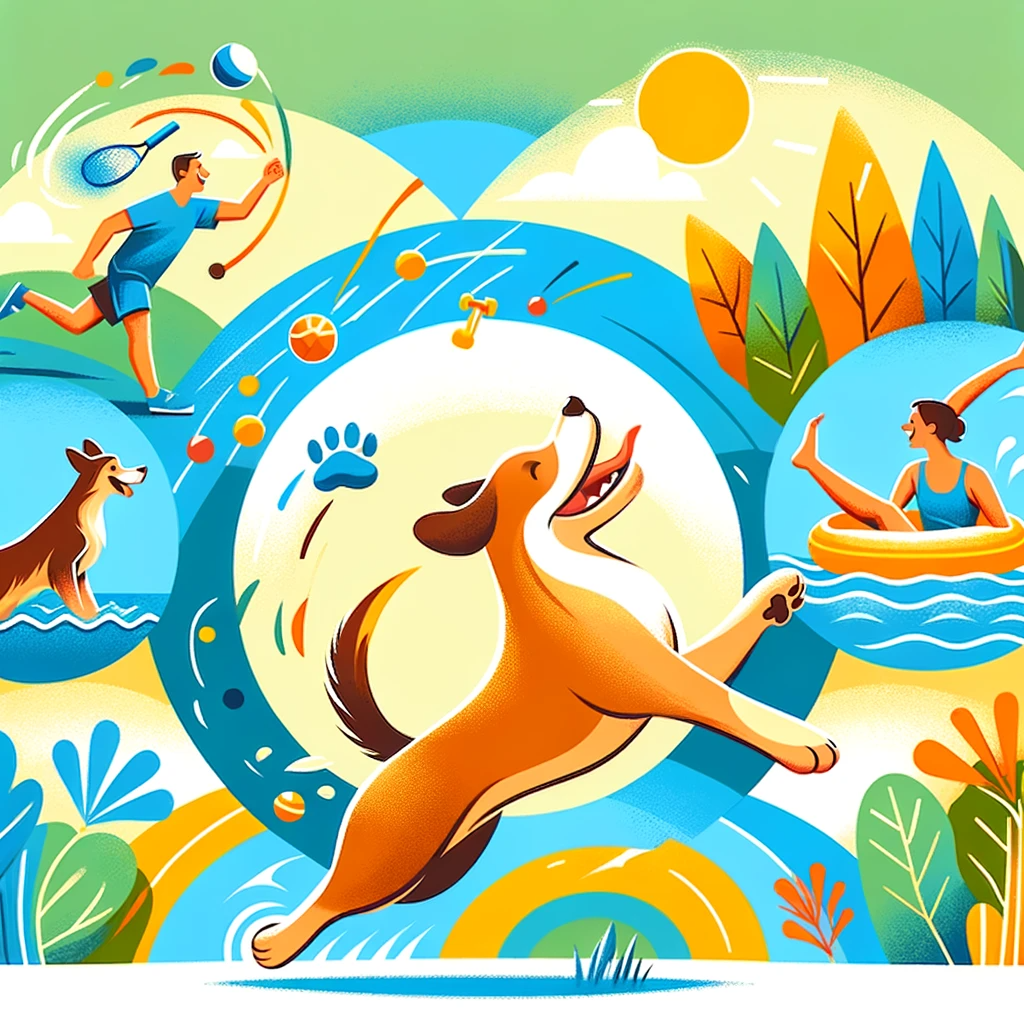Hey there, dog enthusiasts! Ever wondered what's the secret ingredient to a wagging tail and a bright-eyed pup? It's not just what's in their bowl, but also how they spend their playtime. Yes, we're talking about exercise – the unsung hero of canine health and happiness. Let's dive into the world of doggy workouts and discover how a good romp or a brisk walk can do wonders for your furry friend, especially for their digestion!
The Wonders of Woof Workouts
1. Happy Hearts and Healthy Bodies: Regular exercise keeps your dog's cardiovascular system in top shape, muscles toned, and joints flexible. It's like a fountain of youth, keeping them sprightly and spirited.
2. Mental Gymnastics: A game of fetch is more than just fun. It challenges their minds, keeps them engaged, and prevents boredom. A mentally stimulated dog is a happy dog.
3. Social Butterfly Effect: Walks and park visits are social hour for dogs. Mingling with their four-legged pals helps improve their social skills and keeps their tails wagging.
4. Weight Watching: Consistent exercise helps manage your dog's weight, reducing the risk of obesity-related issues. A fit furball is a fine furball!
The Digestive Dance: Exercise and Gut Health
Now, let's talk tummies. Exercise doesn't just keep your dog looking fit; it keeps their digestive system running smoothly too.
1. Regularity is Key: Regular exercise helps regulate bowel movements. It's like a natural laxative without the medicine cabinet.
2. Bloat, Be Gone: Especially in larger breeds, exercise can help prevent bloat – a serious condition where the stomach twists. Think of exercise as a stir in the right direction.
3. Stress Buster: Just like us, dogs can get stressed, affecting their digestive health. Exercise is a great stress reliever, keeping those digestive juices flowing just right.
Tips for Tailored Workouts
-
Know Your Breed: Some dogs are born sprinters, others are casual strollers. Tailor the exercise to your dog’s breed and personality.
-
Age Matters: Adjust the intensity and duration as your dog ages. Puppies and seniors have different energy levels and exercise needs.
-
Weather Watch: Keep an eye on the weather. Hot days call for cooler, shorter walks, and cold days might need some extra layers.
-
Fun and Games: Mix it up with different activities. Hiking, swimming, and playing fetch are great ways to keep things interesting.
-
Health Check: Always consult your vet before starting a new exercise regime, especially if your dog has health concerns.
Conclusion
So, there you have it – a little exercise goes a long way in keeping your dog healthy, happy, and regular. Remember, a tired dog is a good dog, and a good dog deserves the best life. Let's get those paws moving and tails wagging! 🐾🏃♂️💕





